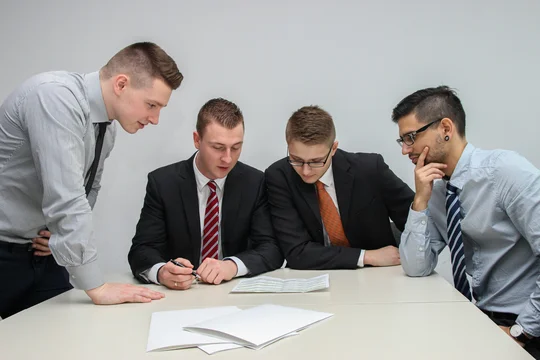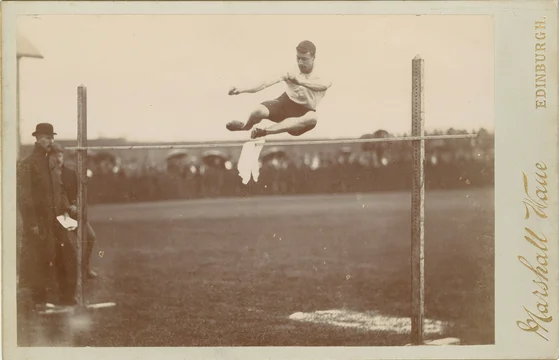
Exclusion of damages opinions are a frequent topic for our blog. Daubert motions to exclude expert opinions tend to have a higher success rate than other types of Daubert motions, and it's worthwhile to have a good understanding of where the pitfalls lie, whether you are helping an expert draft a damages opinion or considering challenging one.
Yesterday, the Court granted a Daubert motion to exclude a damages opinion in a patent case. The expert relied on prior licenses to other patents from the same inventor to support his reasonable royalty opinion for the patents-in-suit. That requires showing that the prior licenses were comparable.
To do that, the expert charted some of the differences between the hypothetical negotiation and the prior licenses, but primarily relied on discussions with the inventor—who also happens to be the plaintiff—and on testimony from a technical expert, both of whom talked about the value of the patents-in-suit compared to that of the previously-licensed patents.
The Court found that this was insufficient. First, there was no actual comparability analysis in the damages report:
Dr. Becker arrives at his 3% figure after comparing the [relevant patents-in-suit] to [inventor/plaintiff] Dr. Jackson's previously licensed technologies. He never specifies, however, what those technologies are or why they are similar enough to the [relevant patents-in-suit] to warrant the same royalty rate. Instead, Dr. Becker describes the previous licenses' technology with vague terms such as "Products," "Instruments," or "Patents." . . . It is impossible to determine whether the technology in the previous licenses is comparable to the TIP patents when it is unclear what those technologies even are. . . . Even in instances where Dr. Becker uses a more descriptive term to identify [the] past licenses' technology—"Helical Flange" or "Polyaxial Screw," for example . . . he still fails to engage in any discussion as to what those terms mean.
Roger P. Jackson, M.D. v. NuVasive, Inc., C.A. No. 21-53-RGA, at 7-8 (D. Del. Apr. 10, 2025).
The Court held that he couldn't rely on the plaintiff/inventor's own opinion, since the plaintiff/inventor was not offered as an expert and, regardless, his opinions went to the value of the two sets of patents, not their technological comparability:
Dr. Becker relies on "evaluations from Dr. Jackson addressing the technological differences" between the [relevant] TIP patents and the previously licensed technologies. . . . Dr. Jackson's "evaluations" are simply his opinions "from the perspective of the licensee and its consumers (surgeons)." . . . These are expert opinions. Plaintiff has not complied, however, with the requirements for using Dr. Jackson as an expert. Dr. Jackson wrote no reports disclosing his opinions. Since Plaintiff has not complied with the rules for disclosing expert opinions, Dr. Becker cannot rely upon the opinions. Furthermore, based on Table 3E, it seems Dr. Jackson's evaluations were more focused on comparing the value of the technologies than they were on demonstrating technical comparability.
Id. at 9-10. The Court likewise noted that the other technical expert's opinion also went to the value of the two sets of patents rather than their comparability, and was also vague:
Dr. Becker's references to Dr. Errico's report are no more helpful . . . . For one, Dr. Becker's references to Dr. Errico's report are just as vague as his conversations with Dr. Jackson. . . . And just as with Dr. Jackson, Dr. Errico's analysis is aimed more at comparing the value of the technologies than establishing technological comparability.
Id. at 10. The Court excluded the damages opinion as to those patents.
If you enjoyed this post, consider subscribing to receive free e-mail updates about new posts.



